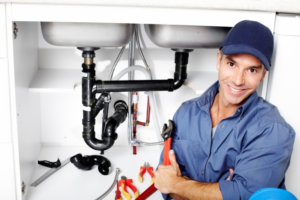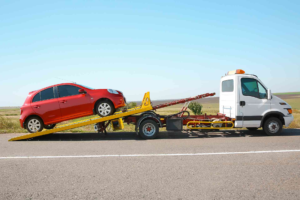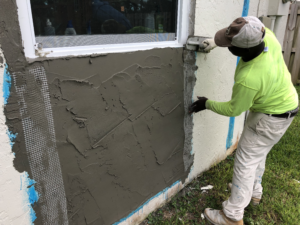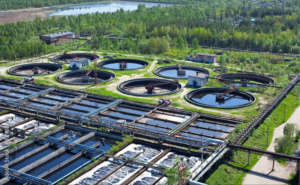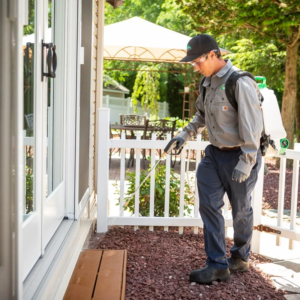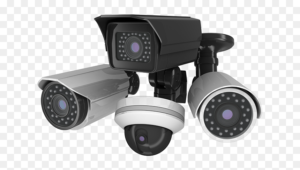Life Insurance Spartanburg SC provides peace of mind by knowing that your loved ones will not have to deal with financial hardship after your death. It can help cover funeral costs, outstanding debts, mortgage payments, and children’s education expenses.
A policyholder is the person or entity that owns (or holds) the life insurance policy. A beneficiary is the person or entity who receives the death benefit.

Term life insurance is usually less expensive than whole life insurance, and it covers you for a set period of time. During this time, if you die, the beneficiaries you choose will receive a death benefit. Generally speaking, the length of your term policy should match the financial obligations you wish to cover – such as paying off a mortgage or college tuition. Typically, you can renew your term policy at the end of its initial term (usually for 10, 20 or 30 years) – but you will pay higher premiums every year.
In order to get a term policy, the life insurer will need to conduct a health examination and may ask questions about your occupation and lifestyle. If you engage in certain activities – such as scuba diving – or work on dangerous jobs like oil drilling, the company may raise your rates.
If you have a level term policy, your death benefit and premiums will remain the same for the entire term. A declining term policy works a bit differently: the death benefit decreases over the duration of the policy, and your premiums will also go up each year.
Unlike permanent life insurance, term policies do not build cash value and don’t pay out after the term expires. In some cases, you can extend your coverage without taking another medical exam or filling out an application – but this is usually only available on a yearly basis and comes at a higher cost.
When buying life insurance, look for a company with high ratings and financial strength. You want to be sure that the company will still be around when your loved ones need a payout years or decades down the road. You also want to be sure that the policy provides a return of your premiums in the event you do not need to use it, and that you have options to convert your term policy into a permanent one later on.
Whole Life
A whole life insurance policy is a type of permanent insurance that covers you for your entire lifetime and builds tax-deferred cash value over time. A portion of each premium payment is allocated toward a savings component that earns interest at a fixed rate and can be used to pay your premiums. With a lump sum death benefit and an investment-oriented component, whole life insurance provides a stable and reliable way to cover any unforeseen financial expenses your family might encounter.
Unlike term life insurance, whole life insurance policies typically offer guaranteed level premiums for your entire lifetime. The amount of the premium varies depending on your age and health (including results from a life insurance medical exam), but it is generally less expensive than other types of permanent coverage like universal life or indexed universal life.
A common reason for getting a whole life insurance plan is to ensure that your loved ones don’t have to worry about any unpaid bills or estate taxes after your death. A Northwestern Mutual financial advisor can help you find the right solution to meet your needs and provide peace of mind for those you love.
Whole life insurance also comes with built-in benefits like accidental death and disability coverage to help protect you against unexpected events. The addition of these unique features may make this type of policy a more attractive option to those who want the security of knowing their families will be covered no matter what.
Lastly, many whole life insurance policies include an accelerated death benefit rider, which allows you to use the cash value of your policy to cover costs associated with chronic and terminal illness. Often this can be provided for at no additional cost and may allow you to skip payments or have your premium paid up sooner than would otherwise be possible, without affecting the stated face value of your policy.
Another feature that many people like about whole life insurance is the opportunity to invest a portion of your premium into an investment account. Depending on the specific policy and company, you can select from a variety of investments to maximize your return potential. This gives you the ability to customize your plan to fit your personal investing goals and is another option to consider if you’re considering a permanent life insurance policy.
Universal Life
This type of life insurance provides both a death benefit and a savings component called cash value. Unlike whole life, which has fixed premiums and a set death benefit, universal life policies offer flexible premiums (within certain limits) and the opportunity for greater cash value growth through investment choices. This flexibility may make a universal life policy a good option for clients who want to invest a portion of their premium.
With a universal life insurance policy, your beneficiary will receive the accumulated cash sum, or death benefit, tax free after you die. This amount can help to pay for funeral expenses, debts, estate taxes, mortgages and other expenses. In addition, you can borrow against your cash value, but the amount owed will be deducted from the death benefit.
Typically, the life insurance company will allocate some of your premium payment to an interest-credited account called the cash value account. A minimum interest rate is guaranteed, and the remaining amount will be credited with additional interest based on current rates or an equity index, depending on your policy. The company will periodically deduct expenses and the cost of insurance protection from your cash value account.
If you want more flexibility, there are indexed universal life and variable universal life policies available. Both options provide higher potential for cash value growth through investment choice, but can be more complicated than traditional whole or term life policies. They also require more active management as they allow you to choose the investment sub-accounts that will contribute to your cash value.
You can also buy a specialized universal life insurance policy that offers the benefits of both a whole and an indexed universal life with long-term care coverage built in. These hybrid policies are a good option for someone who needs to secure coverage for their spouse or children while also protecting against future costs associated with long-term care, such as home health care or assisted living.
Variable Life
Variable life insurance is a type of permanent insurance that allows you to allocate a portion of your premiums into a mutual fund-like investment portfolio. These funds are then diversified across a range of investment options designed to meet your specific risk tolerance and investing goals. This is a more flexible life insurance option than whole or universal life. It also has the potential to offer significant investment earnings, although your policy’s cash value will fluctuate based on the performance of the invested assets.
However, because variable life insurance policies are investments regulated by the federal securities commission, you should expect higher fees and expenses than other types of insurance. The insurance company’s administrative charges, as well as the costs of managing and underlying investments, will be deducted from your premium payments. This means that your death benefit will be reduced if the invested assets lose value.
Like all mutual funds, variable life insurance policies carry certain risks and are not guaranteed to perform at all times. If the investment options you choose under your policy perform poorly, your cash value will decline, and you may have to make additional withdrawals or loan against your cash value. These issues can make variable life insurance unsuitable as a long-term savings vehicle.
Before purchasing a variable life insurance policy, you should review all the policy details with your financial professional. Ask your advisor to provide a policy prospectus that describes the policy in detail, including all fees and expenses. You should also be aware of the minimum required death benefit, which is usually equal to the total face amount of the policy, and any other features that you can add to your policy. Be sure you understand how these additional features may affect your policy’s death benefits and cash value accumulation. Suppose you decide against a variable life insurance policy. In that case, you can usually cancel it within a specified period of time, known as the look period, without incurring any cancellation or early termination fees. Alternatively, you can purchase a term life insurance policy that meets your coverage needs and invest the remainder of your savings in a tax-favored retirement account.

